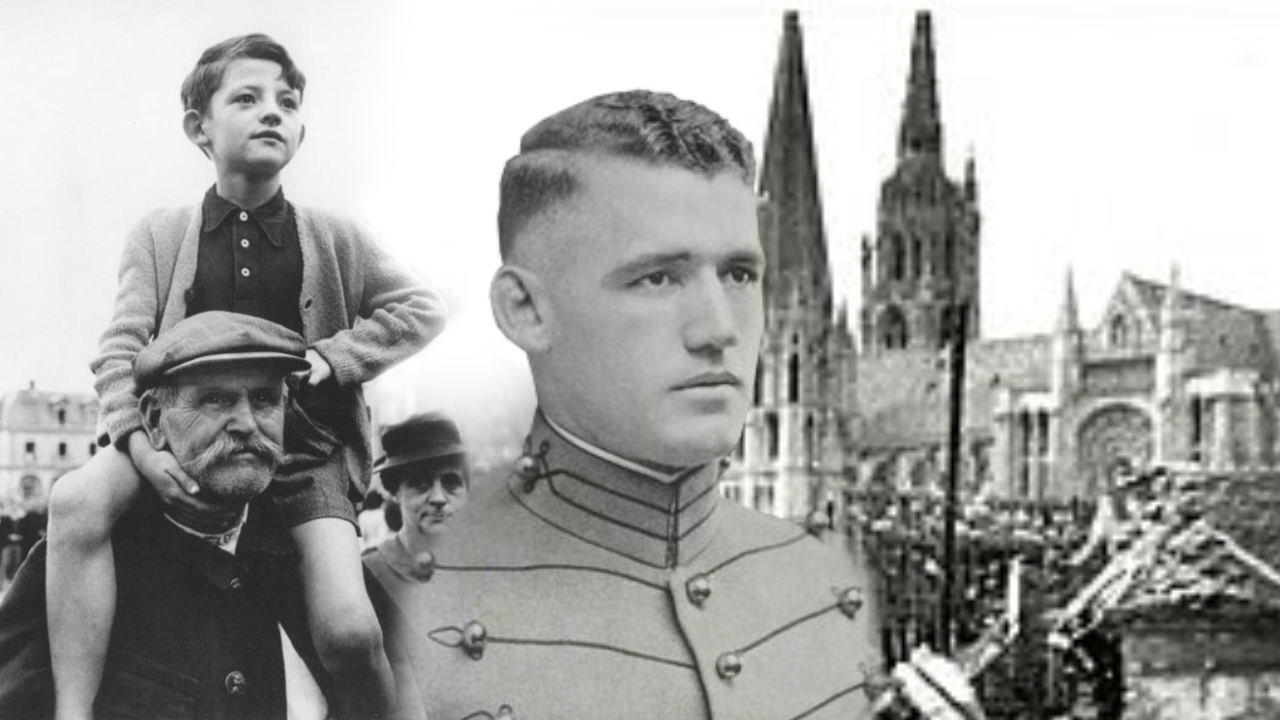Cathedrale Nortre-Dame de Chartres
So, appropriately because it was Sunday, I took a quick trip to Chartres. (via Zoom and an artist guide who is leads tours to the site). It was my first time 'there' and really one of the few times I've been so attentive to the details of church architecture and history.
As architecturally significant and beloved as Notre-Dame de Paris is, turns out Chartres' Notre-Dame is even more so. The Roman Catholic cathedral is designated a World Heritage Site by UNESCO which deems it "the high point of French Gothic art" and "a masterpiece." The art expert who presented it on Zoom has returned (from Berkeley) many times and says one should allow at least two days in Chartres to begin to take it in - with all its pilgrimage history, its grand carvings, its stain glass windows, architectural innovations and achievements.
And, truth be told, I am the last person to introduce you to it. The worst grade I ever got on any paper from kindergarten through graduate school was the one and only architecture paper she ever wrote. It was a requirement, I chose an I.M. Pei buidling and thought I'd done okay, but was mortified to find I'd been given a D+😒. So I'll leave the Chartres architecture education (and hopefully even a trip there) to my readers.
But I do know something about history so I can inform you that, old as Chartres Cathedral is (its North Tower was completed around 1150), it would not be standing today if it hadn't been for an American colonel, Welborn Barton Griffith, Jr.
Griffith was with the Allies when they entered Chartres in mid-August 1944 in their campaign to defeat Hitler's forces and end World War II in the European theater. When they got there word was that the Germans were occupying the Cathedral and its steeples and towers were being used as artillery highpoints. Because of this, the order went out to defeat the Cathedral by any means necessary including completely destroying it with shelling and bombs. Griffith.who was in charge, and could see first hand the magnificence of the building, questioned this order. Further he volunteered to be a personal 'canary in the coal mine' and, accompanied by one other brave soldier, walked into the Cathedral. When he found his doubts were well-founded and the church was empty, he had the church bells rung loudly as a signal not to shoot, the order for destruction was rescinded and the cathedral was saved.
Sadly, Griffith was not. Later that same day (August 16) he died in combat action near Chartres. For Griffith to take the stance he did to protect the cathedral - much less making a personal reconnaissance accompanied by a single riflemen - was an extraordinary decision. His feat was not forgotten and posthumously he was decorated with the Croix de Guerre avec Palm, the Legion d'Honneur, and Ordre National du Merite by the French government as well as the Distinguished Service Cross by the American government.
 |
| Colonel Welborn Barton Griffith, Jr. |
|